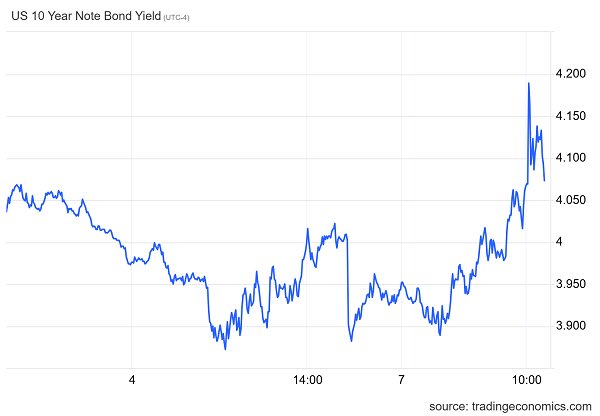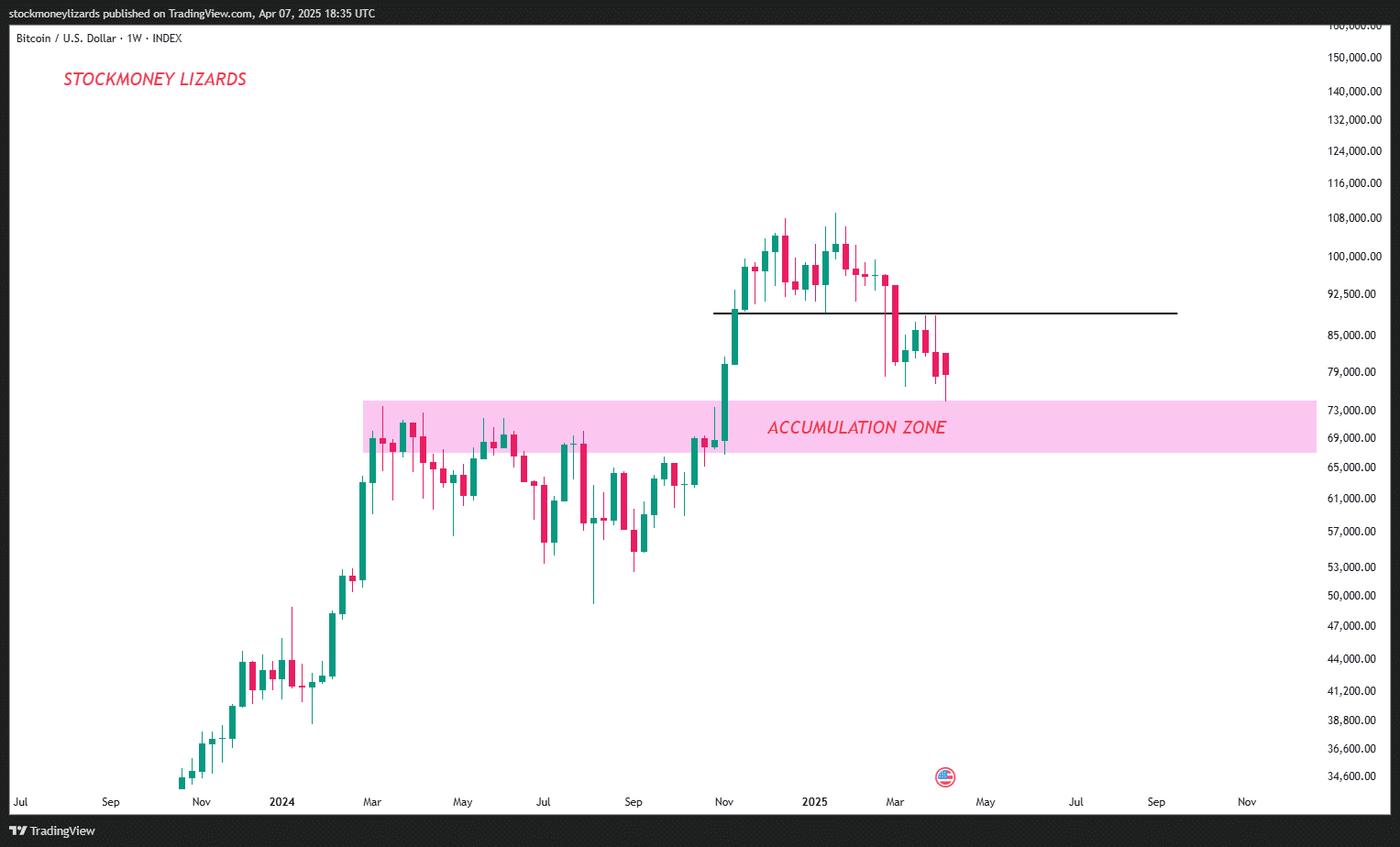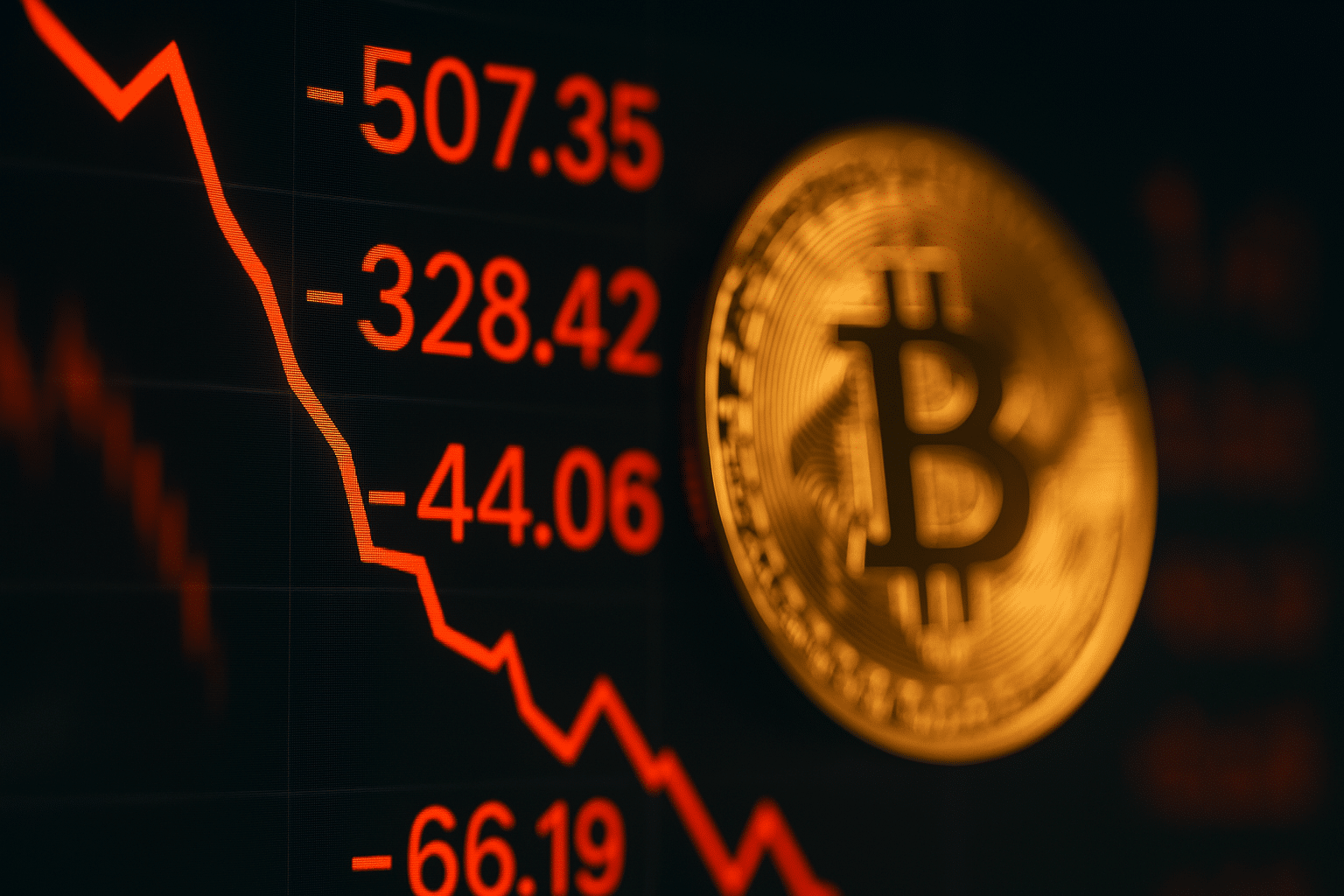The global financial system may be entering one of the most unusual moments in modern economic history. With stock markets under pressure, bond yields rising, and crypto prices sliding, investors are left wondering — where is the money going?
Recent developments, including U.S. President Donald Trump’s announcement of a new 50% tariff on Chinese imports starting April 9, have added fuel to a fire already ignited by inflation fears, geopolitical instability, and shifting monetary policy expectations.
According to analysts at Dey There, this isn’t just another market cycle — it could be a prelude to a liquidity crisis.
The Classic Safe-Haven Model Is Breaking Down
Normally, when stock markets fall, investors move into government bonds in a classic “flight to safety” strategy. This pushes bond prices up and yields down. But that’s not happening this time. Both equities and treasuries are being sold simultaneously, sending bond yields higher.
As crypto analyst Quinten observed in a recent commentary:
“When both stocks and bonds fall together, it’s often a red flag for underlying systemic stress. It means investors aren’t rotating their capital — they’re pulling it out altogether. The system is screaming for liquidity, and central banks will be forced to listen.”
This phenomenon has unnerved traders, especially in the crypto space, where volatility tends to amplify macroeconomic signals.

No Fed Clarity, No Safe Bets
Despite growing expectations for up to six rate cuts by the Federal Reserve this year, the central bank remains silent. Meanwhile, financial leaders like BlackRock’s CEO are publicly dismissing the possibility of aggressive rate reductions, calling such scenarios “highly unlikely.”
In this context, Trump’s trade rhetoric becomes even more consequential. He has demanded reciprocal tariff elimination from over 50 countries, pushing beyond simple import duties to include controls over currency advantages and non-tariff benefits.
If this pace continues, we may see tariff rates reach quadruple digits by the end of the month — a scenario that would have once been dismissed as economic fiction.

Bitcoin Outlook: Where Is the Bottom?
The cryptocurrency market has not been immune to this global uncertainty. Bitcoin has been retreating alongside equities and commodities. According to Stockmoney Lizards, the recent selloff is less about tariffs and more about technical levels being tested.
“If it weren’t trade news, it would have been something else — war headlines, inflation numbers. We’re not at the bottom yet, but we’re close. Around $65,000 is a logical support zone. Don’t panic. Stay patient.”
Bitcoin’s RSI and volume data support this thesis, showing conditions typical of an exhaustion phase. That said, Dey There notes that until liquidity returns and sentiment stabilizes, further downside cannot be ruled out.
What Comes Next?
While governments look for ways to stimulate domestic demand and offset export losses, rate cuts may become inevitable. For now, though, all signs point to a cautious, cash-hoarding investor class, waiting for clarity.
Even Trump, in his latest Truth Social post, couldn’t resist pointing to falling oil prices:
“Nobody’s talking about this: Oil was at $76, now it’s $65. Gas prices will drop…”
This may be true — but for many in the market, cheaper gasoline won’t be enough to offset the risk on the horizon.
Sources & References
Truth Social – Donald Trump Official Account
– April 9, 2025 statements on tariffs and oil prices
https://truthsocial.comU.S. Department of Commerce – Tariff Policy Updates and Trade Partner Discussions
https://www.commerce.govBloomberg – “Bond Yields Rise Even as Stocks Fall: The Liquidity Dilemma”
https://www.bloomberg.com



















































































































